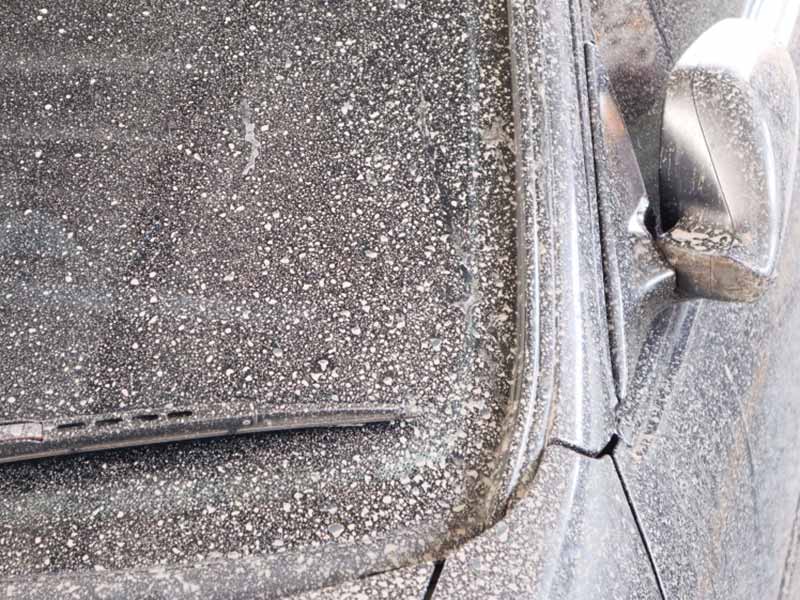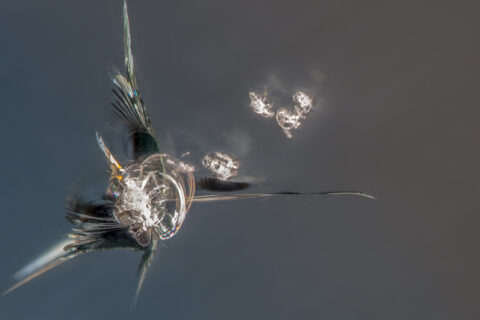How to Remove Water Spots from Your Auto Glass?

It is common for the ceiling of a car park to flow from the water containing limestone, calcium, and stain the bodywork of your car which can cause problems to your painting if you leave them long as they are.
We will see together what types of car chemicals can remove these traces and remove contaminants, to protect your car. When you have traces of this type, if you gently pass your fingers over you will feel a texture, it is calcium. You immediately understand that you cannot rub because you take a big risk of causing micro-scratches and swirls in your painting.
Here are some safe ways to clean limescale on a glass, body paint and paint on a painted plastic part. What product to use to remove watermarks on a car? A cleaning agent with a suitable pH should be used to remove organic particles.
Remove Traces of Limestone From a Window
Unlike painting the car, it is possible to use a razor blade with a handle to eliminate traces of limestone on a glass, or ice. Drop a few drops or sprays of the product to eliminate traces of water on the trace and let act a few seconds. Using your razor blade and with neither too much nor too little angle of attack, start scratching the tracks. Then wipe gently with a clean microfiber cloth.
Remove Traces of Limestone on the Car Paint (Bodywork)
Care must be taken with the paint and varnish of your car and do not use too powerful chemicals, which could lead to additional work later (wet sanding, polishing, polishing, etc.). In detailing always start with the least aggressive methods and level up if the previous method does not work. Use your “water spot remover” product on a microfiber cloth and tap the watermark. Do not rub! The trace should start to turn white. Leave the product to act for 1 to 2 minutes.
Remove Traces of Limestone on the Painting of Plastic Parts
When there are traces on the paint of plastic parts like mirrors, the method is a little different. You must be even more cautious when it comes to painting on plastic because the paint is often more fragile on these parts. Apply a water-repellent product to your microfiber cloth and pat it. She should launder. Put back the product and keep tapping. Put a microfiber cloth on the stain after letting the product work for 1 to 2 minutes. Do not rub hard. If there are residuals. Repeat the process by applying the product on the microfiber cloth and tap the mark and so on. On plastic painters, take your time!


